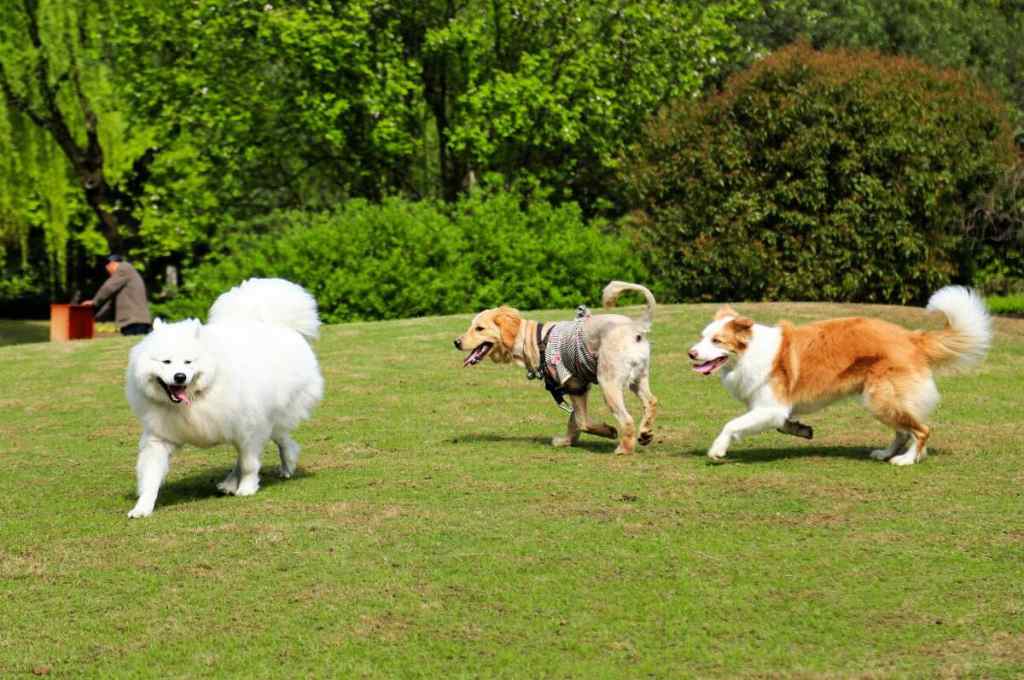 How to raise Afghan Hound? Do you all want to know how to feed better? Then the following small beans for you to share the Afghan hound breeding methods.
How to raise Afghan Hound? Do you all want to know how to feed better? Then the following small beans for you to share the Afghan hound breeding methods.How do you raise an Afghan Hound?
Little Afghan Hound Feeding:
Feeding a small Afghan Hound, first of all, you should still develop a set of detailed, scientific feeding methods. According to the actual needs of the dog’s growth to develop a feeding plan. Then follow the plan to feed the dog reasonably. Note that, whether it is the choice of food or the choice of feeding method, how many times a day should be fed and how much should be eaten in each meal should be formulated in advance.
The best way to feed a tiny Afghan Hound is to feed it small meals, so that it does not burden its fragile stomach and can better avoid gastrointestinal problems in puppies. Note that the younger the Afghan Hound, the more often it should be fed each day, and the food prepared each time should be appropriate and not too much at once.
Preparing food for a small Afghan Hound should be based on nutritious and balanced food that is easy to digest and absorb. For example, professional puppy food, dog milk powder. For puppies around 3 months of age, it is best to soak the dog food beforehand and soften it before giving it to the dog, and wait until the Afghan Hound grows up, then you can directly give it dog food.
Feeding Afghan Hounds can not be set in stone, life should be in accordance with the actual needs of the pet dog growth to feed it reasonably. At the same time, it is also necessary to reasonably adjust the dog’s diet plan according to the changes in the growth process of the Afghan Hound, to ensure that the dog can be a healthy diet and healthy growth.
Adult Afghan Dog Feeding:
Adult Afghan dogs are large and active, so it is important to increase the food appropriately. In the food fed, you need to provide about 500 grams of meat or meat products per day, and add an equal amount of cookies or cooked dry vegetarian material.
Before feeding, the meat should be cooked and chopped first, then add the right amount of water and cooked dry veggie mix to feed. Also feed clean drinking water 2 to 3 times a day. Feeding should be timed, and forced to eat within 15 to 25 minutes, overtime is the food bowl away, in order to develop it a good habit of regular feeding.
Feed should be fresh and cleanly handled, do not feed stale or spoiled food, especially in the summer do not feed leftover food, must keep feeding fresh food for every meal to prevent enteritis or food poisoning. Food bowls and other utensils should be washed and cleaned every day.
A certain amount of fish should also be added to the feed, which will keep the dog’s coat smooth and silky and keep it looking handsome. Generally there is basically no need for snacks after eating a meal.
Daily brushing of the coat is required and professional grooming should be done two to three times a year. The bathing cycle is a month or half a month, not too often. Every week, you should remove its earwax, teeth and eye droppings, and trim its claws. Its eyes should also be cleaned with 2% boric acid water to avoid developing keratitis
Grooming:
Combing should pay attention to the order: starting from the neck, from the front to the back, top to bottom in order, that is, first from the neck to the shoulder, and then in turn the back, chest, waist, abdomen, hindquarters, then comb the head, and finally the limbs and tail, the combing process should be combed on one side and then comb the other side.
Grooming techniques: Grooming should be done in the direction of the smooth hair with a quick combing and pulling. Many people in the long-haired dog combing, only combing the surface of the long hair and ignore the bottom of the fine fur combing. Canine undercoat, fine and dense, long-term not combed, will form tangles, and even cause eczema, dermatophytosis or other skin diseases. Therefore, when combing the long-haired dog, it should be combed layer by layer, but also turn up the long hair, and then comb its undercoat.
Types of combs: bristle brushes, flexible wire brushes and long, sparse metal combs. Brushes can only fluff up the ends of long coats, while fine fuzzy hair cannot be combed. Brushes, flexible wire brushes and long, sparse metal combs should be used in conjunction when grooming long-haired dogs.

